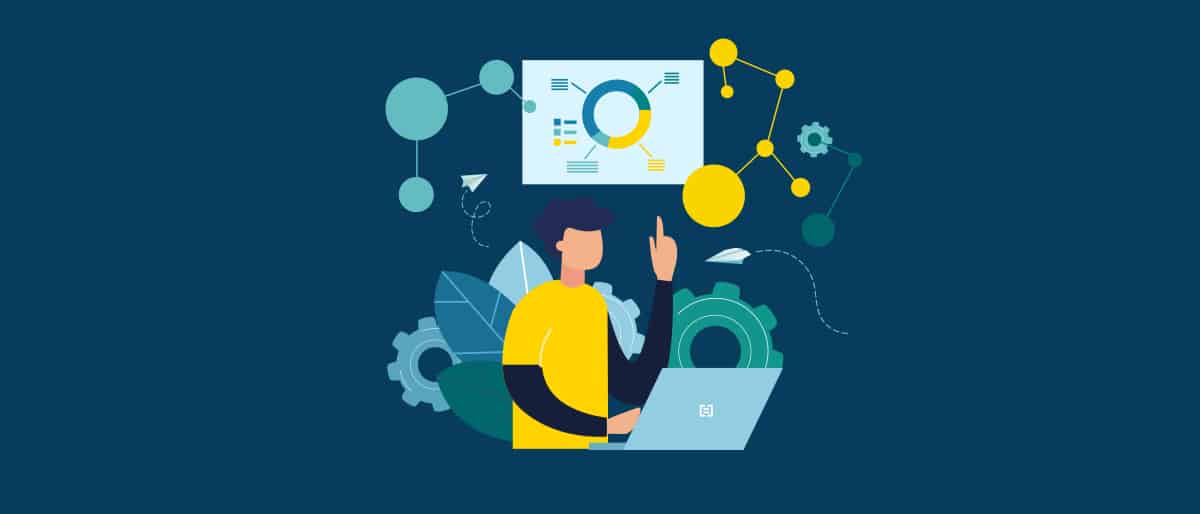
DSML platforms democratise data and cut time to market but implementations can easily get derailed or delayed. Here are seven lessons we’ve learned about getting the best results from DSML projects:
April 5, 2023https://www.equalexperts.com/blog/tech-focus/resourcing-project-management-and-reporting-data-science-can-help/Resourcing project management and reporting – how data science can helpFind out how Equal Experts helped this large organisation speed up delivery of critical services by leveraging data science to improve project resourcing and reporting processes.
October 6, 2022https://www.equalexperts.com/blog/our-thinking/whats-the-difference-between-a-data-scientist-and-a-data-engineer/What’s the difference between a Data Scientist and a Data Engineer?Data and analytics are critical to business operations, so it’s important to understand the differences between a Data Scientist and a Data Engineer within your organisation
June 30, 2021https://www.equalexperts.com/blog/our-thinking/combining-data-science-and-ux-design-to-create-data-driven-user-personas/Combining Data Science and UX Design to Create Data-Driven User PersonasOur work highlights how Data Science can bolster insights from UX design, leading to an end product more useful than using either technique in isolation.
January 8, 2020